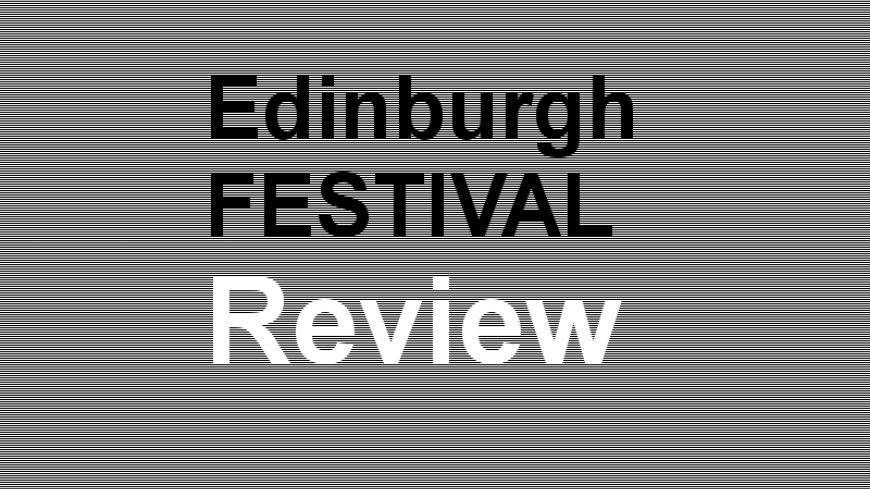
Kate Mosse attracted a packed audience for the introduction to her new novel about female French Resistence fighters "Citadel". Stephen Gale reminded us that Kate Mosse had previously had enormous success with the first book in her Languedoc trilogy, "Labyrinth", which was listed by Waterstones as one of the top twenty five books of the last quarter century. Her second book of the series, "Sepulchre" was also extremely successful and now she was back at the Book Festival once more to introduce the final book.
Mosse talk about how much she loved the Carcassonne area of France where she and her husband had bought a second home in 1989. She said she felt that the south west area of France was really "her place". Its history, and particularly that of the Cathars, has inspired her writing.
She was most intrigued by the resistance fighters in France during the war. From the moment that she saw pictures of the Nazi occupation forces goose-stepping up the Champs Elysée, she wondered what living under the occupation would have been like. She was touched by the fact that many of the streets in the old walled city of Carcassonne had been renamed after resistance fighters who had been executed. She said that she had done much research locally and in the National War Museum about the 19th August 1944, which was the day that the uprising started in Paris and also in the south against the German occupation.
Her feeling was that Carcassonne was different and the Cathars were different in many ways. The town of Carcassonne was of about 30,000 people and they all must have had stories to tell, but little was known because people did not admit to being a member of the resistance for fear of reprisals. Mosse said that she relied on published testimony and that she had made the females the heroes in her novel.
Although there is no historical evidence of an all-female resistance group operating in the south east, the Germans shot seven men and two women just outside Carcassonne, who were thought to be members of the resistance. This has been recorded and documented. All the men have been identified, but the two women remain unknown to this day.
On the following day, 20th August 1944, there was a further massacre by the retreating Nazi forces who opened fire on civilians on the Quai Riquet and twenty people were killed. She felt that from all this she had more than enough evidence of actual events on which to base her final book of the trilogy. The reader will just have to follow her story line as it has been developed, accepting that there have been a few 'historical liberties'.
Mosse gave away enough to intrigue everyone and it is clear that this third book of her trilogy is going to be as successful as her other two have been. There were certainly plenty of us lining up to buy her new book afterwards!
Citadel by Kate Mosse (Orion, 2013)

